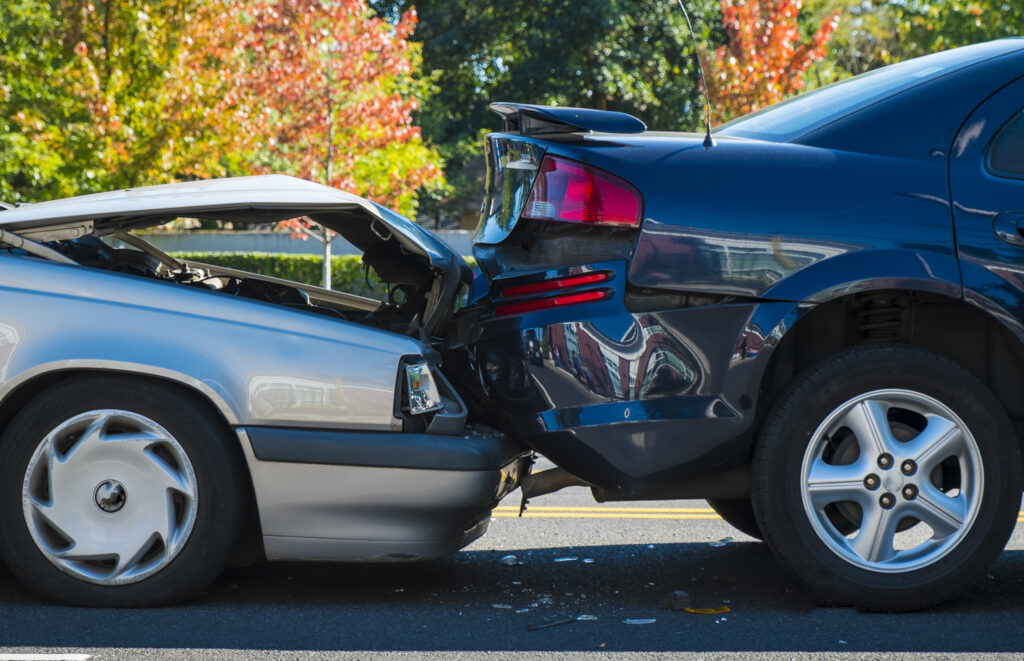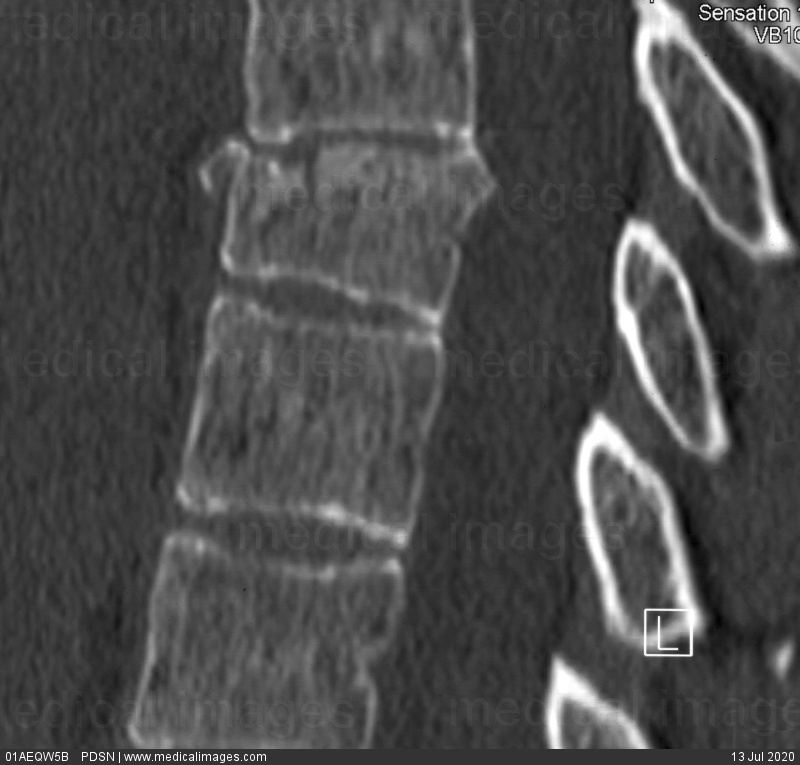CASE VIGNETTE – JULY 2020
How Valuable are Photographs of the Accident Site in Assessing Injuries Sustained?
They are relatively useful. I use that adjective “relatively” advisedly. I understand that extremes can occur. For example, some passengers may escape unscathed despite a vehicle being completely wrecked. Conversely, what might appear to be very minor damage to a vehicle could result in some significant physical injury. In general terms though, the injury spectrum and severity increase proportionately to vehicle damage.

I recall a case some years ago. A female driver’s motor vehicle had been struck from the rear by another vehicle. The total extent of the damage extended to one plastic indicator light cover. Nothing more. The indicator light cover was replaced for $84.50. You would expect that the forces applied to the female driver’s car were relatively minor.
Clinical and radiological investigations confirmed that she had evidence of a fracture in her thoracic spine and that her 14-week-old foetus was dead in utero. Through a lack of careful analysis, both of these findings were attributed directly and causally to the subject road traffic accident. The offending driver, believing that he was responsible for the death of the foetus, subsequently took his own life.

It transpired that the thoracic fracture was old. It had resulted from a fall from a horse over a decade previously. In addition, although the foetus had died in utero, it was evident subsequently that the intrauterine death had occurred some six weeks prior to the road traffic accident. In other words, it was a so-called missed abortion.
This was a true tragedy. There was no causal link between this minor road traffic accident and the sequence of events that followed. Instead, the imprudent carriage of the case resulted in a totally unnecessary loss of life.

Whilst not necessarily accurate or predictive of injury severity, the extent of a vehicle damage does play some part in the final analysis.
